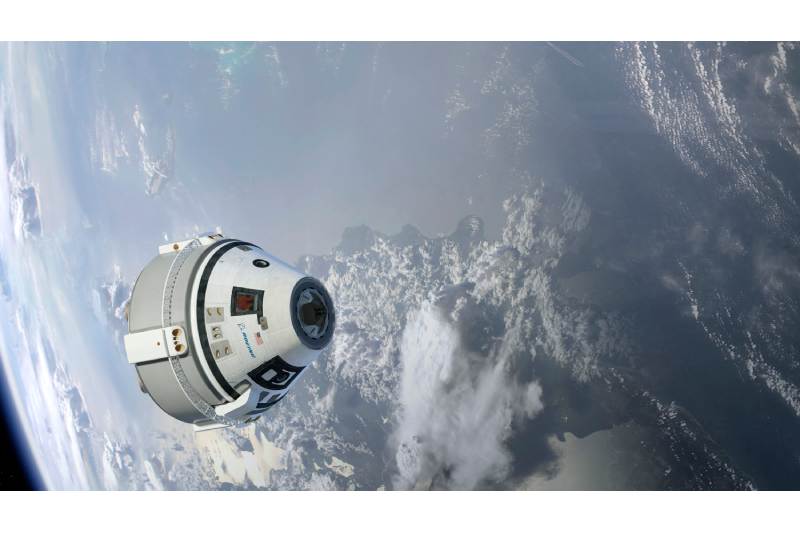Before the CST-100 Starliner spacecraft returns to Earth, NASA and Boeing plan to keep it aboard the International Space Station for a minimum of four more days to conduct additional testing of the commercial crew vehicle.
NASA reported on June 14 that Starliner, carrying NASA astronauts Butch Wilmore and Suni Williams, will now depart no sooner than June 22 for the Crew Flight Test (CFT) mission. Previously, Starliner was supposed to undock from the station as early as June 18.
According to NASA, the extra time will be used by the organization and the business “to finalize departure planning and operations,” which may include some extra Starliner system testing that wasn’t initially scheduled for the spacecraft’s stay at the station.
In a statement regarding the most recent extension, Mark Nappi, vice president and commercial crew program manager at Boeing, stated, “We have an incredible opportunity to spend more time at station and perform more tests which provides invaluable data unique to our position.” “We have plenty of margin and time on station to maximize the opportunity for all partners to learn, including our crew.”
A quick test of Starliner’s aft-facing thrusters is one of the extra tests that are scheduled for the spaceship. A total of approximately one second will pass between the firing of seven of the eight thrusters in two pulses. According to NASA, the test will show how the spacecraft would function on upcoming missions that might last up to six months when attached to the station.
However, during Starliner’s approach to the station on June 6, those thrusters caused issues. The spacecraft’s computer “de-selected” five engines as a result of readings that were incorrect. The docking was able to continue after controllers were able to reactivate four of the thrusters, however officials stated at the time that they were unsure of the reason behind the thrusters being offline.
Measurements of the cabin air temperature to compare with life support system readings, more testing of the spacecraft hatch and forward window, and a repeat of the “safe haven” test to determine the spacecraft’s capacity to hold four people in the event of an emergency on the station are among the other tasks scheduled for the extended stay.
NASA commercial crew program manager Steve Stich said in a statement, “We are continuing to understand Starliner’s capabilities to prepare for the long-term goal of having it perform a six-month docked mission at the space station.”
There were no updates on helium leaks in Starliner’s propulsion system in the announcement. After discovering one leak weeks prior to launch and three more during the spacecraft’s approach and landing at the station, NASA revealed on June 11 that a fifth leak was discovered hours after the spacecraft docked with the station. The spacecraft’s helium manifolds stay closed while it is attached to the station. According to NASA, there is plenty helium in the spacecraft to enable undocking and deorbit maneuvers.
Starliner was supposed to stay at the ISS for eight days, but NASA had to reschedule it from June 14 to June 18 in order to avoid conflict with a spacewalk that was supposed to take place on June 13. Managers of the space station stated during a briefing on June 11 that they preferred to avoid scheduling two significant activities, a spacewalk and a spacecraft undocking, on the same day.
But just before it was supposed to start, NASA astronauts Tracy C. Dyson and Matt Dominick’s spacewalk on June 13 was canceled. NASA stated that the spacewalk had to be canceled due to a “suit discomfort issue,” but it did not specify the problem or identify which astronaut was having it.
NASA said late on June 13 that the activities slated for the postponed spacewalk will be completed on a different spacewalk that was originally scheduled for June 24. However, NASA did not reveal the identity of the spacewalk participant.
